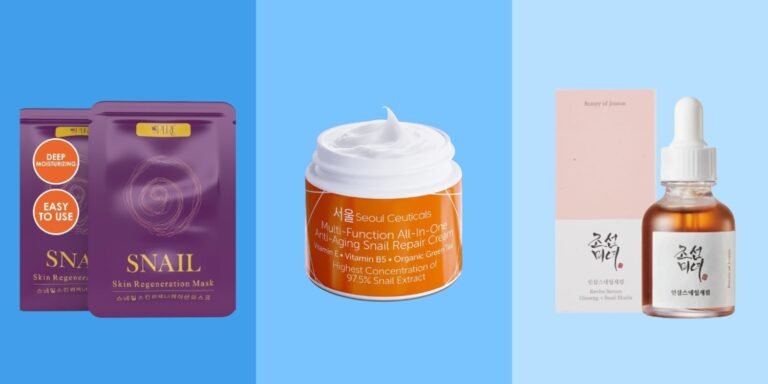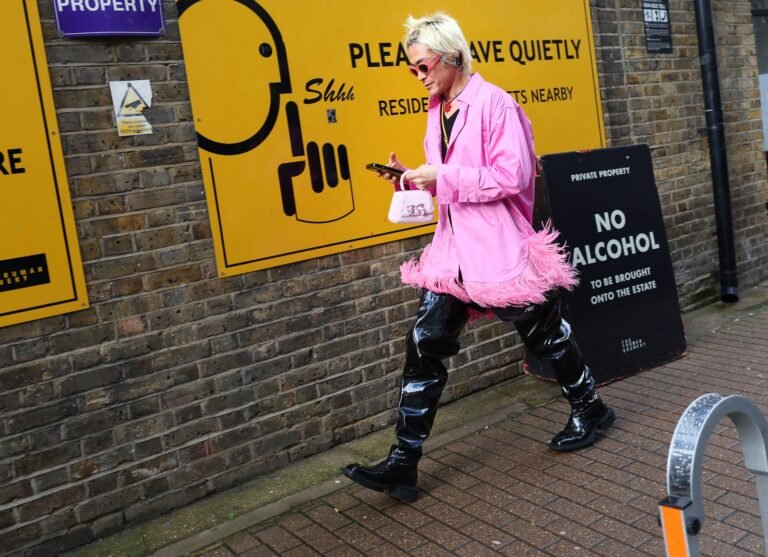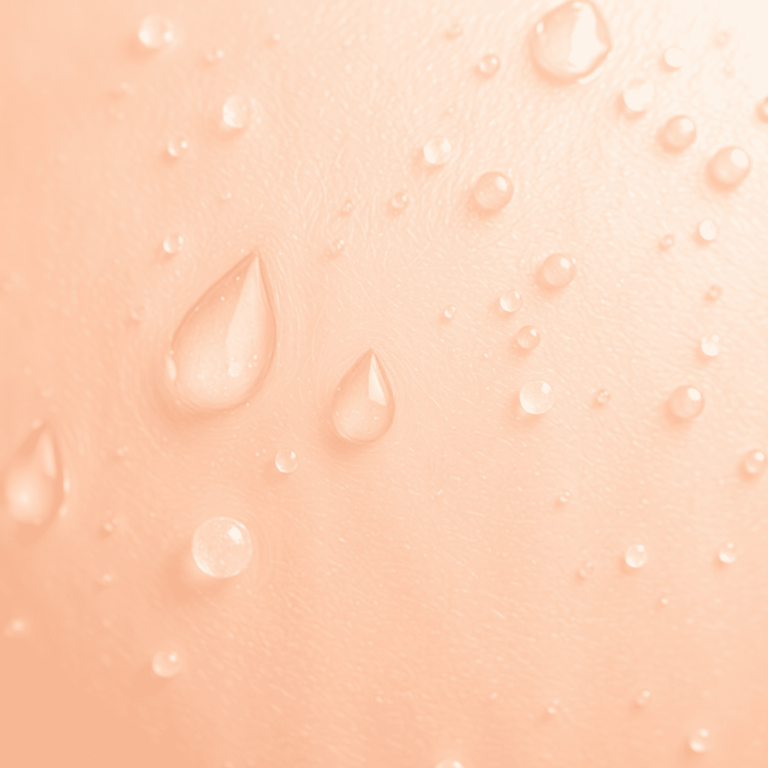How Do I Get Rid of a Pimple on My Nose Fast?

Introduction
Dealing with a pimple on your nose can be frustrating and often leads to the desire for quick removal. Whether you have an important event or simply want clear skin, finding effective ways to address this common issue is essential.
This article will provide you with various methods to help get rid of a pimple on your nose fast. We’ll explore:
- Over-the-counter treatments: Products like Benzoyl Peroxide, Salicylic Acid, and Tea Tree Oil.
- Home remedies: Practical solutions such as ice application and warm compresses.
- Professional options: Insights into treatments available from dermatologists.
Understanding how different treatments work and when to seek professional help can make a significant difference in achieving clear skin quickly.
Understanding Pimples on the Nose
Different types of pimples can appear on the nose, each with distinct characteristics and causes. Recognizing these variations helps in choosing the appropriate treatment.
Types of Pimples
- Whiteheads: Closed comedones that appear as small white bumps on the skin’s surface.
- Blackheads: Open comedones that look like dark spots due to oxidation.
- Pustules: Red, inflamed pimples filled with pus.
- Papules: Raised, red bumps without a pus-filled center.
- Cysts: Large, painful lumps beneath the skin surface.
Acne Vulgaris vs. Acne Rosacea
Acne Vulgaris commonly affects teenagers and young adults but can persist into adulthood. It includes:
- Whiteheads
- Blackheads
- Pustules
In contrast, Acne Rosacea primarily affects adults over 30 and involves:
- Persistent redness
- Visible blood vessels
- Pustules and papules
Understanding these distinctions aids in identifying what you’re dealing with and how to remove pimples effectively. For instance, treatments for acne vulgaris typically target excess oil and bacteria, while those for rosacea focus on reducing inflammation and redness.
By recognizing whether you have acne vulgaris or acne rosacea, you can better tailor your approach to eliminate pimples on your nose swiftly and efficiently.
Over-the-Counter Treatments for Fast Relief
Over-the-counter treatments are a popular choice for quickly addressing pimples on the nose. These treatments are accessible and can provide rapid relief when used correctly.
Benzoyl Peroxide
Benzoyl Peroxide is a powerful ingredient renowned for its ability to combat acne. It works by:
- Killing Bacteria: Targets the bacteria responsible for causing inflammation and swelling.
- Reducing Oil Production: Helps in controlling excess oil, which is a common contributor to acne.
- Clearing Pores: Assists in unclogging pores, preventing future breakouts.
Benzoyl Peroxide is available in various concentrations, typically ranging from 2.5% to 10%. For those starting out, it’s advisable to use lower concentrations to minimize the risk of skin irritation.
Salicylic Acid
Salicylic Acid is another effective over-the-counter treatment that focuses on exfoliation and pore unclogging. Its benefits include:
- Exfoliating Dead Skin Cells: Promotes the shedding of dead skin cells, which can otherwise clog pores.
- Unclogging Pores: Penetrates deep into pores to dissolve debris and reduce blockages.
- Reducing Inflammation: Calms inflamed areas and reduces redness.
Salicylic Acid is often found in many acne treatment products like cleansers, toners, and spot treatments. Regular use can help keep your skin clear and prevent new pimples from forming.
Tea Tree Oil
Tea Tree Oil is a natural antibacterial agent that has gained popularity as an acne treatment. It offers several advantages:
- Antibacterial Properties: Effectively targets bacteria that contribute to acne formation.
- Anti-Inflammatory Effects: Reduces swelling and redness associated with pimples.
- Natural Alternative: Ideal for those seeking a more natural approach to skincare.
When using Tea Tree Oil, it’s essential to patch-test first to ensure no allergic reactions occur. Typically, a few drops are diluted with a carrier oil (like coconut or jojoba oil) before applying directly to the pimple.
With these over-the-counter treatments—Benzoyl Peroxide, Salicylic Acid, and Tea Tree Oil—you have reliable options for tackling nose pimples quickly and effectively. Each offers unique benefits tailored to different aspects of acne care, providing comprehensive solutions for clearer skin.
How to Use Over-the-Counter Treatments Effectively
To get the best results from over-the-counter treatments like Benzoyl Peroxide and Salicylic Acid, follow these application instructions.
Benzoyl Peroxide:
- Cleanse Your Face: Start by washing your face with a gentle cleanser suitable for acne-prone skin.
- Pat Dry: Gently pat your face dry with a clean towel.
- Apply Benzoyl Peroxide: Use a small amount, typically a pea-sized drop, and apply directly to the pimple on your nose. Spread it evenly over the affected area without rubbing too hard.
- Wait Time: Allow the treatment to absorb into your skin for about 10-15 minutes before applying other skincare products or makeup.
- Frequency: Apply once daily to start, gradually increasing to twice daily if well-tolerated.
Salicylic Acid:
- Cleanse Your Face: Use a gentle, non-comedogenic cleanser to clean your face thoroughly.
- Pat Dry: Pat your face dry with a clean towel.
- Apply Salicylic Acid: Apply a small amount (pea-sized) directly to the pimple. Gently dab it onto the affected area without excessive rubbing.
- Wait Time: Let it absorb for about 10-15 minutes before layering other skincare products or makeup.
- Frequency: Start with once daily application and increase to twice daily if needed and tolerated.
Importance of Starting with Lower Concentrations
When using treatments like Benzoyl Peroxide and Salicylic Acid, it’s crucial to begin with lower concentrations:
- Benzoyl Peroxide: Start with 2.5% concentration before considering higher percentages (up to 10%) as higher concentrations can cause skin irritation, dryness, and peeling.
- Salicylic Acid: Begin with products containing 0.5% to 2% concentration. Higher concentrations can be more effective but also increase the risk of irritation.
By starting low, you allow your skin to adapt and minimize the chances of adverse reactions such as redness or excessive dryness.
These steps ensure that you get rid of a pimple on your nose fast while maintaining healthy skin balance and avoiding additional irritation.
Home Remedies for Immediate Relief
Some people prefer using home remedies for quick relief from nose pimples. These methods can effectively reduce symptoms in a short time.
Ice Application
Applying ice to a pimple can provide immediate, albeit temporary, relief:
- Swelling Reduction: Ice helps to constrict blood vessels, which reduces swelling and inflammation.
- Redness Minimization: By lowering the skin’s temperature, ice can also help reduce redness around the affected area.
To use this method:
- Wrap an Ice Cube: Use a clean cloth or paper towel to wrap an ice cube.
- Apply to Pimple: Gently press the wrapped ice against the pimple for about 1-2 minutes.
- Repeat as Needed: You can repeat this process several times a day to keep swelling and redness under control.
Warm Compresses
Warm compresses offer benefits that go beyond just reducing pain:
- Pain Relief: Warmth can soothe the discomfort associated with painful pimples.
- Promotes Healing: Heat increases blood flow to the area, which can speed up the healing process.
Interestingly, the choice between hot or cold compress for acne treatment can depend on the specific type of pimple you’re dealing with.
Steps for using a warm compress:
- Soak a Cloth: Immerse a clean washcloth in hot (but not scalding) water.
- Wring Out Excess Water: Ensure the cloth is damp but not dripping.
- Apply to Affected Area: Place the warm cloth on your nose pimple for about 5-10 minutes.
- Repeat as Necessary: Do this a few times daily until you notice improvement.
These home remedies are easily accessible and simple to implement, making them popular choices for those seeking immediate relief from nose pimples.
When to Seek Professional Help
Sometimes, over-the-counter treatments and home remedies may not be enough to handle persistent or severe pimples on your nose. Knowing when to seek professional help can save you from prolonged discomfort and potential scarring.
Signs You Need Professional Help
- Persistent Pimples: If a pimple doesn’t respond to over-the-counter treatments within a week or two.
- Severe Acne: Large, painful nodules or cysts that are deep under the skin.
- Frequent Breakouts: Regular flare-ups that don’t seem to improve despite consistent treatment.
- Infection Signs: Symptoms like excessive redness, swelling, pus, or fever suggest an infection that needs medical attention.
Treatments Offered by Dermatologists
Dermatologists offer specialized treatments that target acne more effectively:
- Cortisone Injections: For large and painful pimples, cortisone injections can provide rapid relief. This steroid injection reduces inflammation and shrinks the pimple within 24 to 48 hours.
- Topical Retinoids: These are vitamin A derivatives that help unclog pores and promote cell turnover. Topical retinoids such as tretinoin can reduce the formation of new pimples and improve skin texture over time.
Dermatologists may also suggest other treatments like chemical peels, laser therapy, or oral medications depending on the severity of your acne. Consulting a dermatologist ensures you receive a treatment plan tailored to your skin type and condition.
Establishing a Skincare Routine to Prevent Future Breakouts
Maintaining good facial hygiene practices is essential in preventing future breakouts, especially when dealing with the persistent issue of nose pimples. Consistent skincare routines can significantly reduce the occurrence of acne.
Key Practices to Include:
- Cleanse Twice Daily: Washing your face twice a day removes dirt, oil, and impurities that can clog pores. Use lukewarm water as hot water can strip the skin of its natural oils.
- Avoid Harsh Scrubbing: Gentle cleansing helps maintain the skin’s barrier without causing irritation. Over-scrubbing can exacerbate acne and lead to inflammation.
- Pat Dry: After cleansing, gently pat your face dry with a clean towel. Rubbing can irritate the skin and spread bacteria.
Gentle Cleansers for Acne-Prone Skin
Selecting the right cleanser is crucial for effective skincare. Here are some recommended gentle cleansers suitable for acne-prone skin:
- Cetaphil Daily Facial Cleanser:
- Non-irritating formula.
- Suitable for both oily and normal skin types.
- Neutrogena Oil-Free Acne Wash:
- Contains salicylic acid to help unclog pores.
- Effective in treating and preventing breakouts.
- La Roche-Posay Effaclar Purifying Foaming Gel:
- Formulated with thermal spring water.
- Reduces excess oil without drying out the skin.
- CeraVe Foaming Facial Cleanser:
- Contains ceramides and hyaluronic acid.
- Helps restore the protective skin barrier while cleansing.
Additional Tips:
- Moisturize Regularly: Even if you have oily skin, using a non-comedogenic moisturizer helps maintain hydration levels and prevents overproduction of sebum.
- Use Sunscreen: Protect your skin from harmful UV rays with a broad-spectrum sunscreen to prevent hyperpigmentation and scars from worsening.
Adopting these facial hygiene practices ensures a clear complexion and minimizes future acne flare-ups.
Lifestyle Factors Influencing Acne Flare-Ups
Hormonal fluctuations play a significant role in acne development. During puberty, the body produces more androgens, which can increase the size of sebaceous glands and lead to more oil production. This excess oil can clog pores, resulting in pimples. Women may also experience hormonal acne flare-ups during menstrual cycles, pregnancy, or when starting or stopping birth control pills.
Stress management is another crucial factor in maintaining clear skin. Stress triggers the body to produce cortisol, a hormone that can increase oil production and inflammation. High stress levels can exacerbate existing acne and lead to new breakouts.
Some practical tips for managing these factors include:
- Monitor Hormonal Changes: Keeping track of your menstrual cycle or any changes in medication can help anticipate potential flare-ups.
- Stress Reduction Techniques: Incorporate stress-relief practices such as:
- Meditation
- Yoga
- Regular Exercise
- Adequate Sleep
Understanding these lifestyle factors helps you take proactive steps in managing your acne better.
Prevention Tips to Minimize Future Breakouts
Adopting effective skincare practices can significantly reduce the occurrence of pimples on your nose. Here are some essential habits to incorporate into your daily routine:
- Wash Towels and Washcloths Regularly: Bacteria and oils can accumulate on these items, leading to breakouts. Use clean towels and washcloths every time you wash your face.
- Minimize Face-Touching: Your hands come in contact with countless surfaces throughout the day, collecting dirt and bacteria. Touching your face can transfer these impurities, clogging pores and causing pimples. Make a conscious effort to avoid touching your face unnecessarily.
- Use Non-Comedogenic Products: Choose skincare and makeup products labeled as non-comedogenic, meaning they won’t clog pores. This helps prevent the development of new pimples.
- Clean Your Phone Screen: Your phone screen can harbor bacteria that transfer to your face during calls. Wipe it down regularly with an antibacterial wipe.
- Shower After Sweating: Sweat can mix with oils and bacteria on the skin, leading to clogged pores. Shower promptly after exercising or sweating heavily.
Implementing these hygiene tips into your daily life can help maintain clear skin and minimize future breakouts effectively.
Conclusion: Quick Pimple Solutions with Long-Term Benefits
Taking a holistic approach to managing acne can bring both immediate relief and lasting results. For quick pimple solutions, over-the-counter treatments like Benzoyl Peroxide, Salicylic Acid, and Tea Tree Oil can be effective. Pair these with home remedies such as ice application and warm compresses for instant soothing.
Long-term acne management involves maintaining a consistent skincare routine, understanding the triggers like hormones and stress, and seeking professional help when necessary. Incorporate good habits to keep your skin clear:
- Wash towels and washcloths regularly
- Minimize face-touching
- Use non-comedogenic makeup products
For those wondering “How Do I Get Rid of a Pimple on My Nose Fast?” or “how do you get rid of pimple scars”, combining these strategies will address both immediate concerns and long-term skin health. Remember, patience and consistency are key in achieving clear skin.
FAQs (Frequently Asked Questions)
How can I quickly get rid of a pimple on my nose?
There are several methods to quickly treat a pimple on your nose, including over-the-counter treatments like Benzoyl Peroxide and Salicylic Acid, as well as home remedies such as ice application and warm compresses. These methods can help reduce swelling and redness while promoting healing.
What are the different types of pimples that can appear on the nose?
Pimples on the nose can vary in type, including acne vulgaris, which consists of whiteheads, blackheads, and pustules, and acne rosacea. Understanding these differences can help in choosing the right treatment.
What over-the-counter treatments are effective for treating nose pimples?
Effective over-the-counter treatments include Benzoyl Peroxide, which helps kill bacteria and reduce inflammation; Salicylic Acid, known for its ability to unclog pores; and Tea Tree Oil, which acts as a natural antibacterial agent.
How should I apply over-the-counter treatments for maximum effectiveness?
To effectively apply treatments like Benzoyl Peroxide and Salicylic Acid, start with lower concentrations to avoid irritation. Apply a small amount directly to the affected area after cleansing your face. Follow the product instructions for dosage recommendations.
When should I consider seeking professional help for pimples?
If over-the-counter treatments do not provide sufficient relief or if your pimples persist or worsen, it may be time to consult a dermatologist. Professional options include cortisone injections and topical retinoids that can offer more targeted treatment.
What lifestyle factors can influence acne flare-ups?
Hormonal fluctuations and stress management play significant roles in skin health and can trigger acne flare-ups. Maintaining a balanced lifestyle along with good skincare practices can help minimize breakouts.










